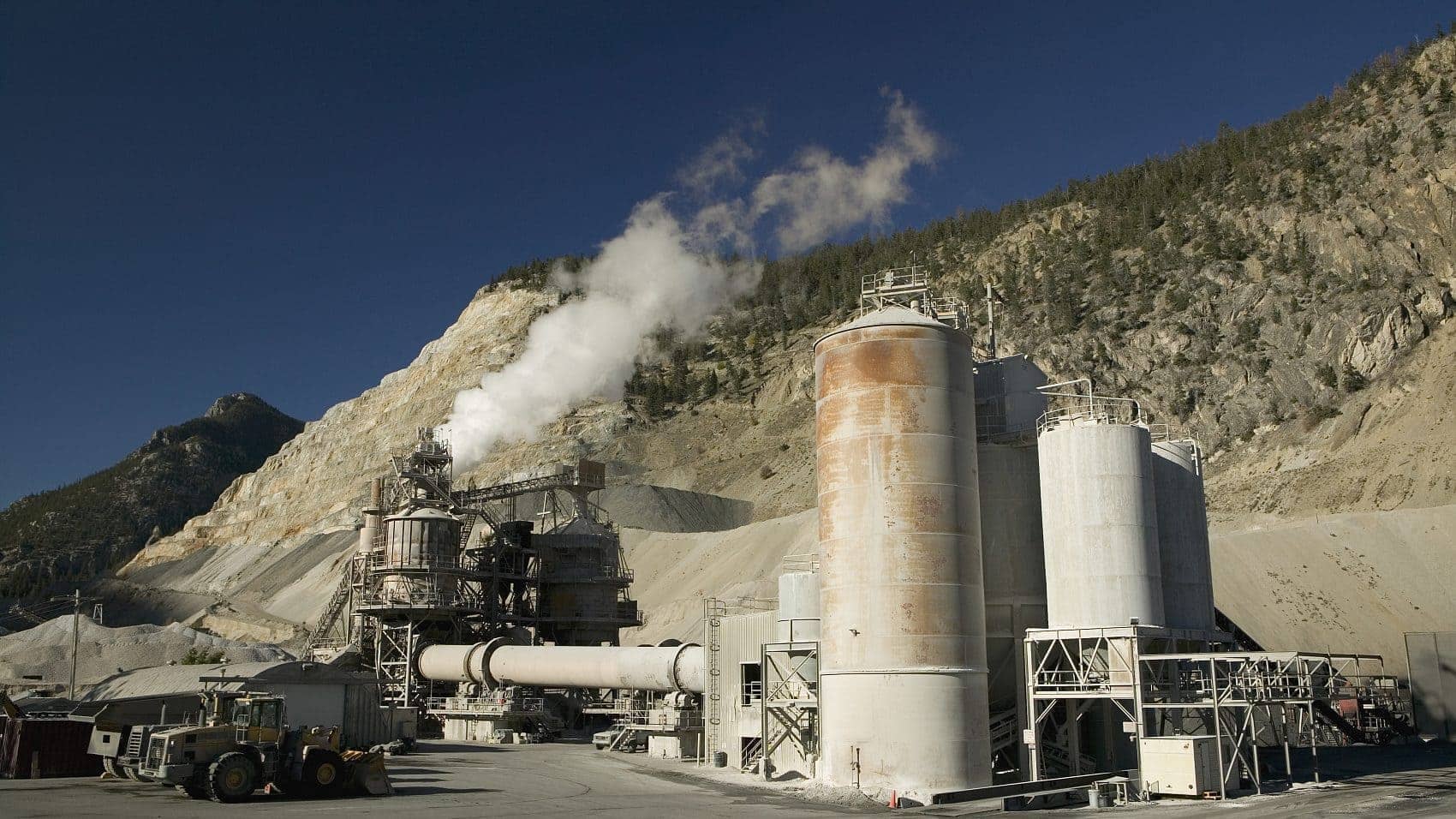

Lime kilns are generally divided into two categories, one is rotary kiln and the other is vertical kiln. Regarding rotary kiln and vertical kiln, it is generally believed that the quality of lime produced by rotary kiln is better and suitable for large-scale production, but it occupies a large area and has high heat consumption. It is suitable for calcining small-grained lime. The quality of lime produced by vertical kilns is slightly lower, but it occupies a small area, has low investment, and has low heat consumption. The refractory lining of the lime kiln is subject to harsh operating conditions due to the effects of high-temperature thermal shock, mechanical wear, structural stress and chemical erosion. In view of the harsh usage conditions, refractory materials are required to have good resistance to chemical erosion, excellent high temperature volume stability and masonry integrity, good thermal shock resistance, good resistance to mechanical erosion and abrasion, etc. . Magnesia refractory materials are mainly used in the calcining zone of the Maerz kiln where the working environment is relatively harsh. The performance of the magnesia refractory materials directly affects the service life of the Maerz kiln. Therefore, the selection of magnesia refractory materials is of great significance to the entire kiln.

Submit Request